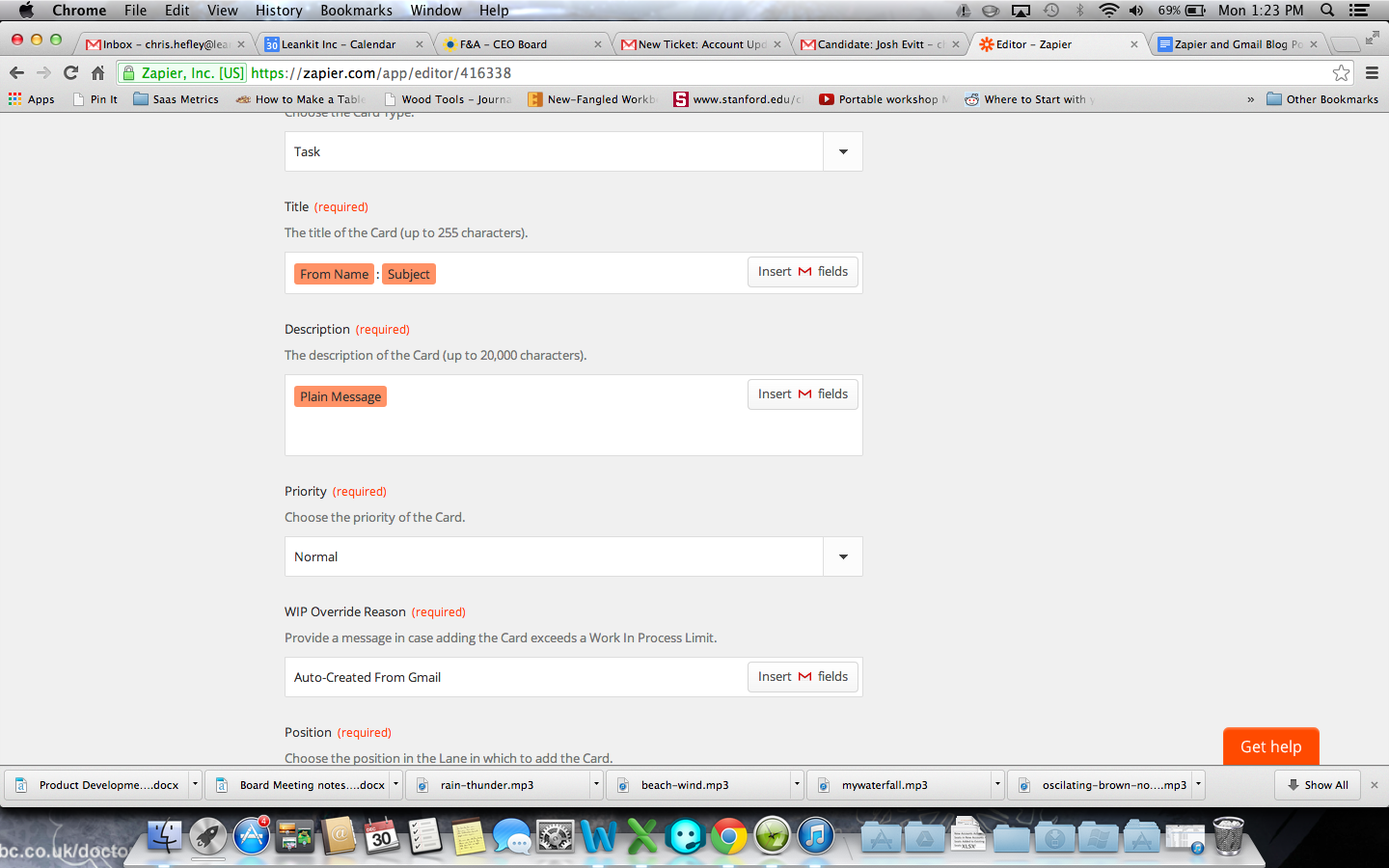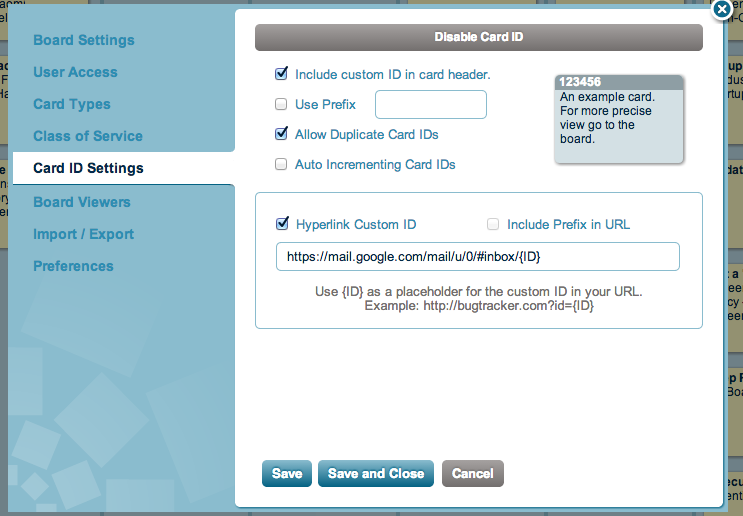There are those days where your Personal Kanban is on fire. You are in a state of flow and tickets are just moving right along. The days go by and you look at your DONE column … it’s full. Really really full. The DONE tickets seem to swim. There are so many of them. You’ve been productive, but what might all that work actually mean?A few weeks ago I started a side experiment. By hand, each day, I wanted to see what the actual impact of my work was … on me.What was I getting from the work I was doing? What was I learning? How was I making sure I was becoming healthier? Was I stuck in the productivity trap and not growing ... not being truly effective?Each day I gathered my Inputs, Outputs, and Maintenance, which is an overly technical way of saying:
What did I learn today?
What did I create today?
What did I do to make sure I stayed healthy.
LEARN: In the first four days we see here, we see both talking to clients and reading made up the bulk of inputs. Almost immediately this section paid off. I noticed that I specifically set aside time to start reading Humble Inquiry, simply so I’d have something to put in the block. Since starting this, my reading radically shot up, due to this one simple adjustment.CREATE: Creation was anything for work or otherwise, so we have writing proposals, recommendation letters and even sous vide ribs. The question wasn’t necessarily what made me money, but what did I create that kept me … well … creative. MAINTENANCE: Since starting this, I was taken down by a nastylittle bit of pneumonia, but we can see here that from the outset I started walking (a peak of 13.2k steps and 81 floors that week), that I’m talking to friends, and that I’m scheduling needed doctors visits (hard to get time to do when you travel a lot).RESULTS: Immediately, visualizing the very loose goals of simply learning, creating, and maintaining created tickets on my Personal Kanban board, changed the way I organized my day (to allow for frequent short walks), and got me to focus each day on a balance of learning, creating, and being a whole human being. Shortly after putting the books I was reading on our board, Tonianne added the book column on the right to our shared board.Why is that important? Because my starting to do this was due to her putting, out of the blue, reading time into her Personal Kanban. She had simply put that she was reading Deep Work on the board. That got me to thinking about what I was reading and one thing led to another. She made a little improvement, I ran a little experiment, she made another little improvement.Meta-Lesson: When we visualize for ourselves or others, new information is created. When we expose ourselves or others to new information, improvement opportunities are exposed.




































